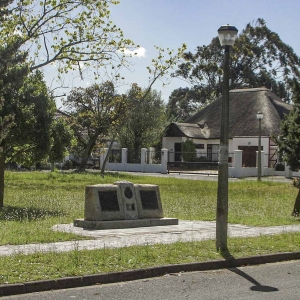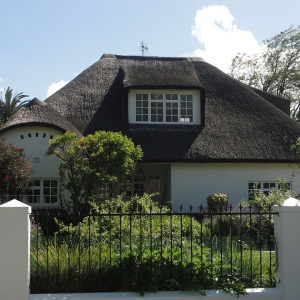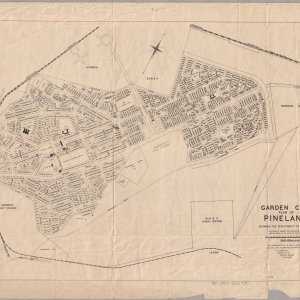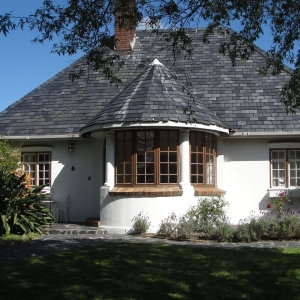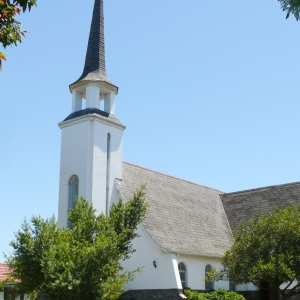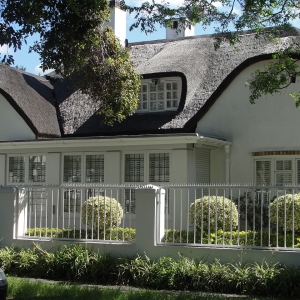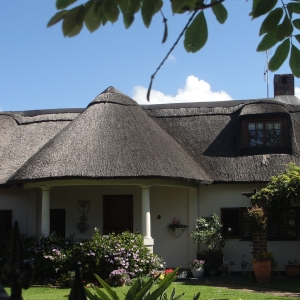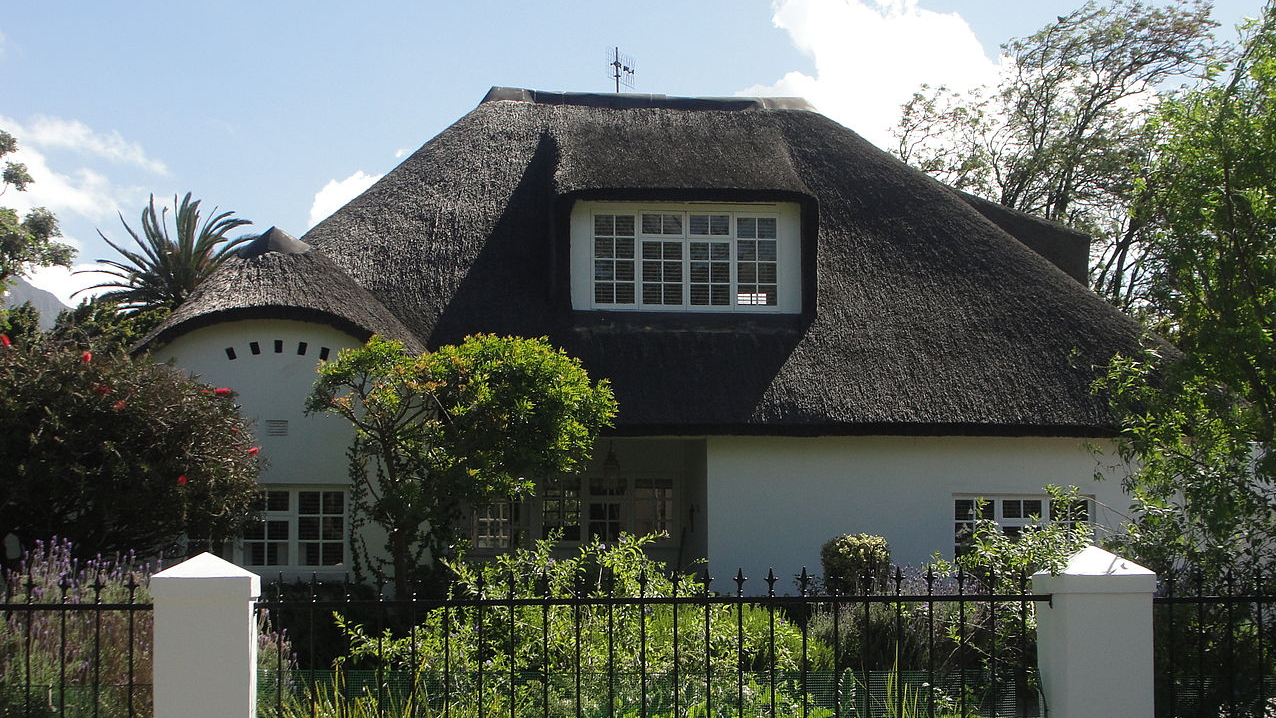
Pinelands
Cape Town, South Africa
The first garden city in Africa is also one of the world's first garden cities.
| Garden City Type: | Mixed (housing association / municipality / other) |
| Country: | South Africa |
| City: | Cape Town |
| Years of construction: |
1920 Start construction
|
| Initiator/client: | Richard Stuttaford |
| Architect or related: |
Albert John Thompson Albert John Thompson (1878-1940) was an architect and town planner. He was an assistant of Raymond Unwin and Barry Parker and in this capacity worked on Letchworth Garden City and Hampstead Garden Suburb among others. Albert John Thompson on Artefacts
|
| Heritage status: | Yes |
| Explanation: | The thatched houses at Mead Way and The Mead were declared a national monument in 1983. The original township area is currently a proposed heritage area. |
| General condition of Garden City: | Good condition |
General description
The area where garden suburb Pinelands is located, on the edge of the southern suburbs of Cape Town in South Africa, used to be a Victorian pine tree plantation named Uitvlugt.
The founding of Pineland garden city can be attributed to the Spanish Influenza Epidemic in 1918, which claimed over 6000 lives and was seen as the result of overcrowding and bad housing.
The chairman of the Cape Town Chamber of Commerce, Richard Stuttaford, had met Ebenezer Howard and was impressed with the garden city idea. Stuttaford (also head of the department store of the same name) proposed that a garden city be established in Cape Town and made a £10,000 gift donation to serve as capital, after which the government invested another £15,000 in the project.
A competition was held for local architects, which was won by John Perry. However, his designs for the layout and various types of houses were rejected after being referred to Sir Raymond Unwin, the planner of the first Garden City of Letchworth. Albert John Thompson, who had experience with building garden cities in England, was consequently hired in 1920 to design the area. The first houses were occupied in February 1922.
Pinlands was made a municipality in 1946 and became a suburb of Cape Town in 1996. Interestingly, Pinelands is one of the few areas in Cape Town where the sale of alcohol is prohibited.
Architecture / Urban planning
The layout plan was based on radiating avenues and relatively large areas used for sidewalks, with green spaces and an abundance of trees. The first houses in Pinelands – of which no two were exactly alike – were known for the many differently styled thatch roofs; thatch being the only roofing material initially permitted in the area. Later on fire and economic considerations led to other roof materials being allowed.
The 1972 publication Fifty years of housing. The story of Garden Cities 1922 – 1972 described the development of Pinelands as follows:
"Roads were cut and wherever possible the original pines were preserved. Great care was taken to ensure that even the smallest lanes should offer a beautiful vista—either a distant view of Table Mountain or perhaps an attractive cluster of trees. A complete departure was made from the hackneyed South African chessboard layout. Where possible, roads followed the contours of the ground, so as to ensure the most economical cost of construction; traffic was concentrated on arterial avenues and maximum safety ensured for children by setting back as many houses as possible in lesser thoroughfares. The business region was carefully defined, so that the shops would be near at hand without being obtrusive. Above all, the houses were designed to combine attractive appearance with comfort and low cost"
Among the notable features of Pinelands are the community facilities and activities. A number of churches of different denominations were
Recent developments
Even though Pinelands for along time was tainted by its links with the apartheid regime, according to The Internation Garden Cities Institute "over the last quarter of a century this garden suburb has matured and blossomed with money now channelled into providing social facilities for residents of all racial and religious backgrounds."
Sources
- Website URL
- Website URL
- Website URL
Fifty years of housing. The story of Garden Cities 1922 – 1972
- Website URL

